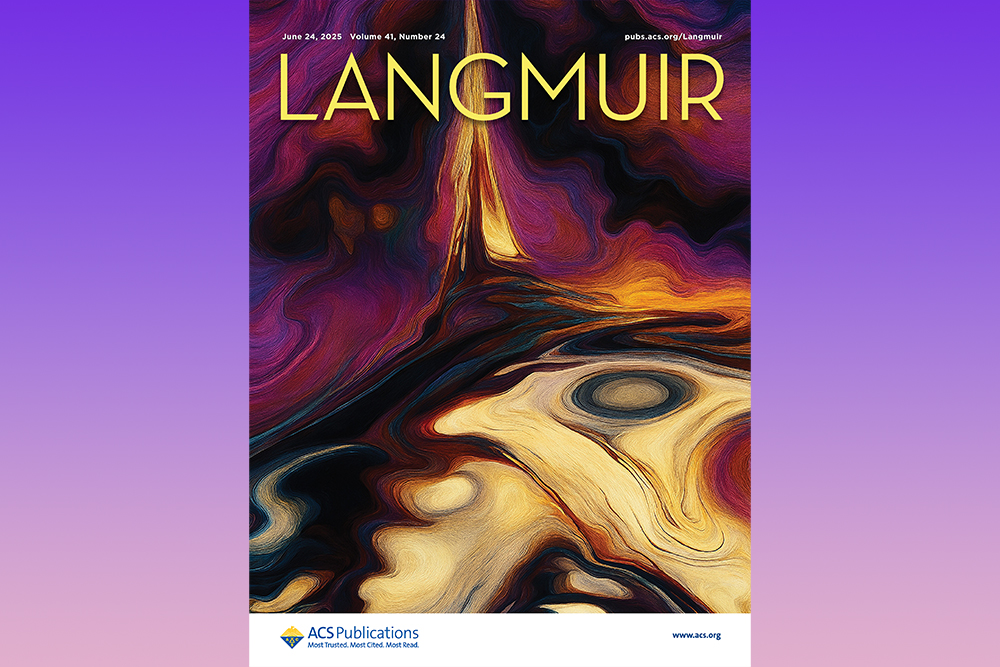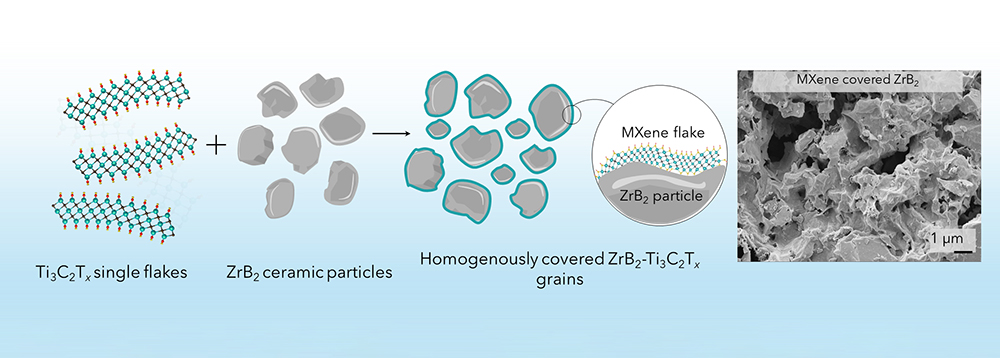![]()
[Image above] A microscope image of a silicon membrane after self-limiting stain etching to create porosity-based heterojunctions. Credit: Tian lab, University of Chicago
As we discussed on CTT last Friday, the miniaturization of implantable medical devices is necessitating development of alternative energy systems that can deliver safe and stable energy to these tiny apparatuses.
In last week’s post, we highlighted the potential of a ceramic-based glucose fuel cell developed by researchers from the Massachusetts Institute of Technology and the Technical University of Munich. Today, we consider a “hole” different approach being developed at the University of Chicago.
The new study was conducted by researchers in the lab of UChicago chemistry professor Bozhi Tian. His group specializes in probing the molecular-nano interface between biological and semiconductor systems. By “augmenting existing biological systems with semiconductor components…we can exploit to derive a more nuanced control over these cellular systems,” Tian’s webpage explains.
In their latest paper published in Nature Materials, Tian and his group members explain that advances in flexible implants have almost eliminated the challenge of biomechanical mismatch. However, the lead contained in most of these devices is associated with potential biological complications, such as infection and anatomical position limitations. “Thus, extensive effort has been invested in the development of leadless biomodulation techniques,” they write.
The use of semiconductor materials to convert light into an electrical or optoelectronic stimulus is one approach to leadless modulation that has received some attention. Most designs rely on a photodiode configuration that consists of materials with various dopants and/or compositions, leading to high costs, complex fabrications, and potential side effects at biointerfaces.
A much less explored strategy for designing implantable optoelectronic devices involves creating a porosity-based heterojunction out of a single material. In this case, a structural modification (i.e., porosity) is used to achieve different band structures in the device rather than a chemical modification (e.g., dopant).
This design is appealing because it provides a semiconductor–biofluids interface that is free of dopant modulation or metal decoration. It also potentially offers a more deformable biointerface due to the interfacing nanoporous layer.
However, such a porosity-based semiconductor heterojunction has not been used for bioelectronics studies, as far as the UChicago researchers are aware. So, they decided to create porosity-based silicon heterojunctions to test their potential in this application.
To create the heterojunctions, they used an etching method called self-limiting stain etching, which involves placing silicon wafers in a bath of hydrofluoric acid and chemical oxidant-based solutions. They then subjected the etched wafers to an oxygen plasma treatment to trigger generation of a thin silicon oxide layer on the heterojunction’s surface.
The use of oxygen plasma treatment is likely surprising to chemists because silicon oxide most often behaves as an insulator, and “you don’t want the photoelectrochemical effect to be impeded by any insulating materials,” says Tian in a UChicago press release. In this case, however, oxidization helps by making the silicon material hydrophilic—attracted to water—which boosts the signal to biological tissues.
After testing the porosity-based silicon heterojunctions on their own, the researchers interfaced the device with isolated cardiac tissue in a Langendorff apparatus and measured the results. They then used the device to perform in vivo sciatic nerve biomodulation in rats.
These tests demonstrated the free-standing nature of the device, meaning it can be positioned at almost any location. “This suggests that the device can be used for simultaneous stimulation at multiple sites … but without the need for genetic modifications,” they write.
In addition, the components can be made biodegradable, meaning the parts would degrade naturally after a few months and would not require a second surgery for removal after fulfilling the desired purpose.
According to the press release, the researchers are working with cardiac researchers at UChicago Medicine to further develop the technology for eventual use in humans. They also are collaborating with the UChicago Polsky Center for Entrepreneurship and Innovation to commercialize the discovery.
The paper, published in Nature Materials, is “Porosity-based heterojunctions enable leadless optoelectronic modulation of tissues” (DOI: 10.1038/s41563-022-01249-7).
Author
Lisa McDonald
CTT Categories
- Biomaterials & Medical
- Material Innovations


